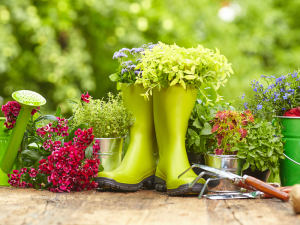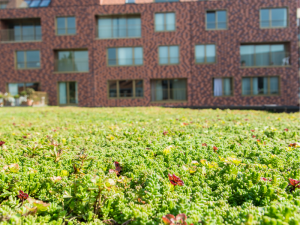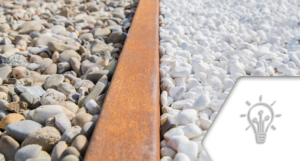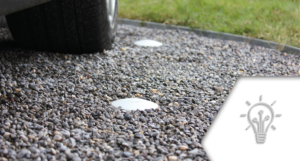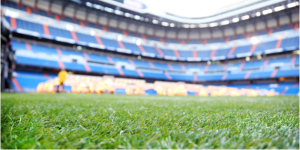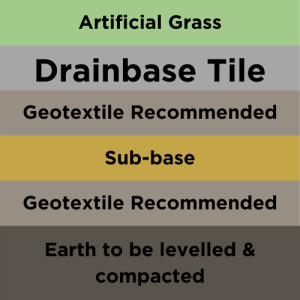Advice and inspiration
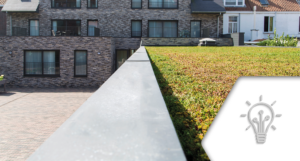
A green roof: the importance of weight
20/07/2023
You are probably wondering how much such a green roof weighs and whether your existing roof will be able to bear that weight. In this blog, we discuss how our trays (also known as tiles) provide a solution to the challenges you face when installing a green roof.

What are gravel grids and why should you use them?
14/07/2023
Want to know more about gravel grids and why you should use them? Here are the main benefits of using a gravel grid for your gravel driveways and surfaces.
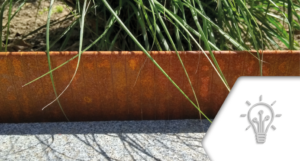
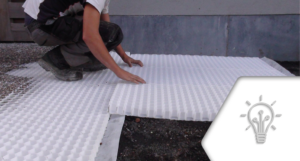
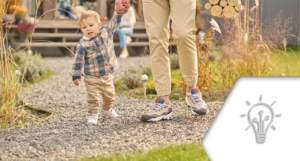
Ec(c)ology and sustainability: a match made in heaven
26/05/2023
Gravel grids and grass slabs are the key to eco-friendly and sustainable outdoor spaces that support the natural water cycle and reduce rainwater runoff.

